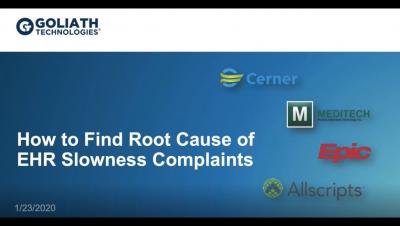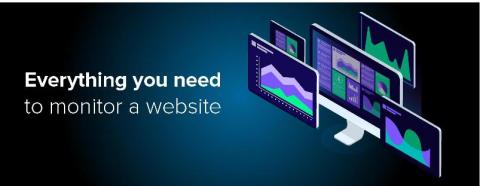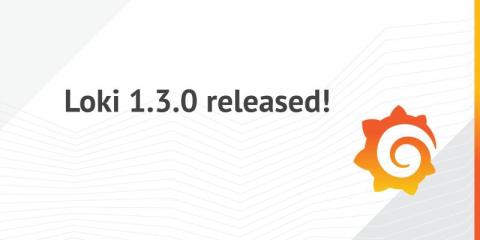Operations | Monitoring | ITSM | DevOps | Cloud
Monitoring
The latest News and Information on Monitoring for Websites, Applications, APIs, Infrastructure, and other technologies.
The value UEM delivers in digital upgradation of enterprises' IT administration
2020 has arrived. Most companies are striving to become digitally transformed, business applications are moving to the cloud, and day-to-day IT operations are becoming more mobile-oriented with executives using a diversified range of devices. Employees don’t just use company-provided desktops; they often work on the go with corporate-owned, personally enabled (COPE) laptops, mobile devices, and iPads; bring your own device (BYOD); etc.
Capture the Page Source of Website Errors
When it comes to website errors and issues, seeing is believing. Like most developers, I’ve been guilty of using the line “it works on my machine” when confronted with an annoying bug that only shows up under some obscure conditions. But just because one person doesn’t see it, doesn’t mean tens or hundreds of customers aren’t experiencing it.
A hawk-eyed inspection of your VPN connections: VPN monitoring by OpManager
With the ever-evolving business landscape, a considerable number of companies have started trying out VPNs to help their employees access sensitive data at home or while in transit. VPNs offer a plethora of functions, like serving as a covert conduit between remote users and corporate networks, shielding confidential data, and granting access to region-restricted websites.
How to Find Root Cause of EHR Slowness Complaints
Canadian Credit Union picks NiCE Active 365 Management Pack
NiCE IT Management Solutions is proud to serve global key-players in advanced performance and health monitoring. Read the latest customer reference on how the NiCE Active 365 Management Pack is helping a Canadian Credit Union in their Microsoft Office 365 operations.
Everything you need to monitor a website
Website downtime can cause serious damage not only for your reputation and brand image, but also in productivity, all of which leads to business losses. A Gartner survey revealed that website downtime can cost companies up to $5,600 per minute. Recently, the world's biggest online retailer, Amazon, experienced a technical blotch leading to their website being inaccessible for 13 minutes, costing the company around $2 million in revenue losses.
Keynote address by Rajalakshmi Srinivasan, Product Manager, Site24x7 at CIO 500
Rails is Fast: Optimize Your View Performance
In this post, we’ll look into tried and true methods of improving Rails view performance. Specifically, I will focus on database efficiency, view manipulation, and caching. I think the phrase “premature optimization is the root of all evil” has been taken a little out of context. I’ve often heard developers use this during code reviews when simple optimization techniques are pointed out.
Loki 1.3.0 Released!
Welcome to 2020! (We’re a little slow with that on the Loki team.) To kick off the year we are releasing Loki 1.3! Anyone running Loki in microservices mode will be excited by this release as it introduces the Loki Query Frontend. (If you aren’t using microservices, be patient – good things will be coming your way soon.) The query frontend sits in front of the queriers and allows sharding queries based on time.











